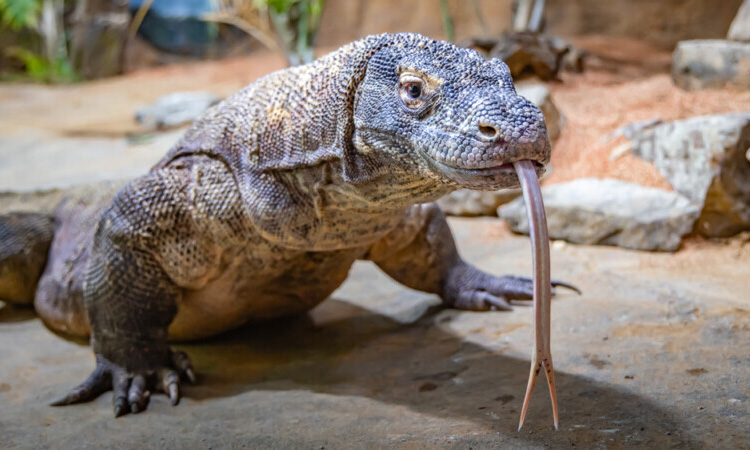The tree-dwelling lemur, a small primate native to Madagascar, is a master of the canopy. These agile creatures spend most of their time high up in the trees, leaping from branch to branch with ease.
Habitat and Behavior
Tree-dwelling lemurs can be found in the lush forests of Madagascar, where they thrive in the dense foliage of the canopy. They are primarily nocturnal creatures, sleeping during the day and coming alive at night to forage for food.
Feeding Habits
These lemurs are omnivores, feeding on a variety of plants, fruits, insects, and small animals. They have sharp teeth and claws that help them catch prey and tear apart tough vegetation.
Social Structure
Tree-dwelling lemurs are social animals, living in small family groups called troops. These troops are led by a dominant female, who takes charge of decisions such as where to find food and settle for the night.
Reproduction
Female lemurs typically give birth to one or two babies each year, which are cared for by the entire troop. The young lemurs cling to their mothers’ fur for protection and are weaned off milk after a few months.
Conservation Status
Unfortunately, tree-dwelling lemurs are facing threats from habitat loss due to deforestation and illegal logging. Conservation efforts are underway to protect these unique creatures and their forest homes.
In conclusion, the tree-dwelling lemur is a fascinating primate that has adapted to life in the treetops. With their agility, sharp senses, and social nature, these lemurs play a vital role in the ecosystem of Madagascar’s forests. It is crucial that we work to preserve their habitat and ensure their survival for future generations to appreciate.




